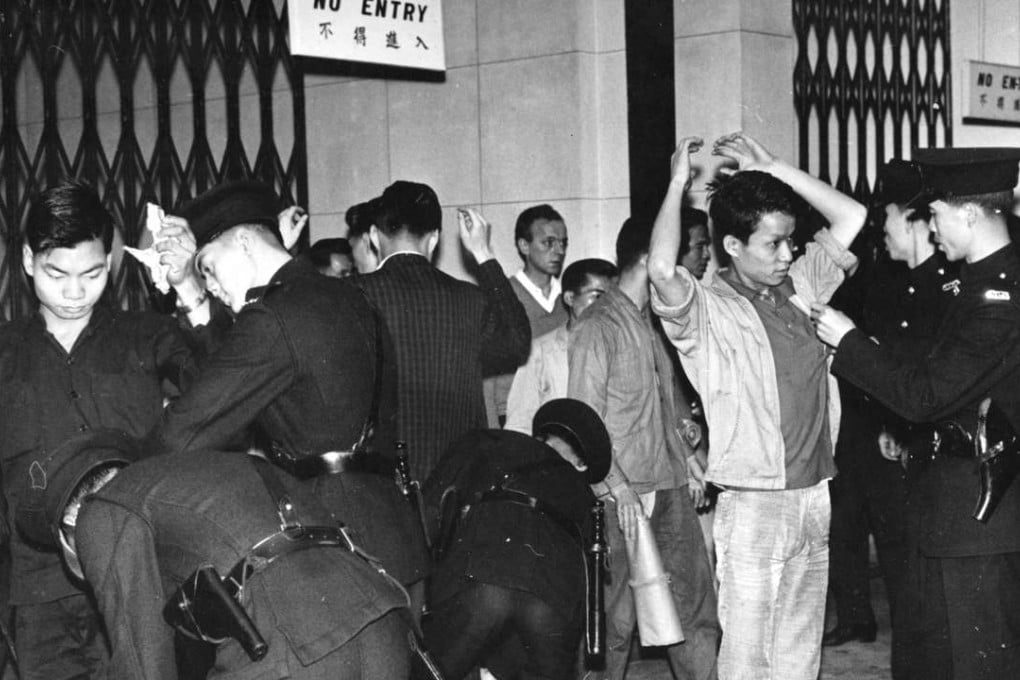The hunger striker who sparked April 1966 Star Ferry riots, and their aftermath
Riot Squads Called Out ran the Post’s front page headline on April 6, 1966; Wild Riots in Kowloon was the following day’s headline after troops took to the streets and a general curfew was declared

“A Chinese man who pledged to go on a hunger strike in protest against the proposed ‘Star’ Ferry fare increase, yesterday attracted the attention of many passers-by,” the South China Morning Post reported on April 5, 1966. The action by 27-year-old So Sau-chung was the trigger for an explosion of violence in Hong Kong – a precursor of the far deadlier violence that was to follow a year later.
“Riot Squads Called Out,” the following day’s headline blared, the Post reporting that the protester’s arrest for “causing an obstruction” had only served to escalate tensions in what a commission of inquiry would later hear described as Hong Kong’s “tinderbox” atmosphere. “Steel-helmeted police emergency riot squads in patrol vans kept a close watch on a group of demonstrators,” the story continued.
The unrest quickly escalated: “Thousands of berserk rioters have wrecked the Kowloon peninsula in the worst outbreak of violence in the Colony since 1956. The huge riot, which tore Nathan Road apart [...] saw cars and buses burnt, buildings ransacked and set on fire, and street installations ripped out of the ground. Violence wracked the peninsula for six hours. At 1.30am, a general curfew was declared – only the second in Hong Kong’s history,” the newspaper reported on April 7.


